#heinrich hoerle
Explore tagged Tumblr posts
Text

Heinrich Hoerle - Fabrikarbeiterin. 1926
8 notes
·
View notes
Text



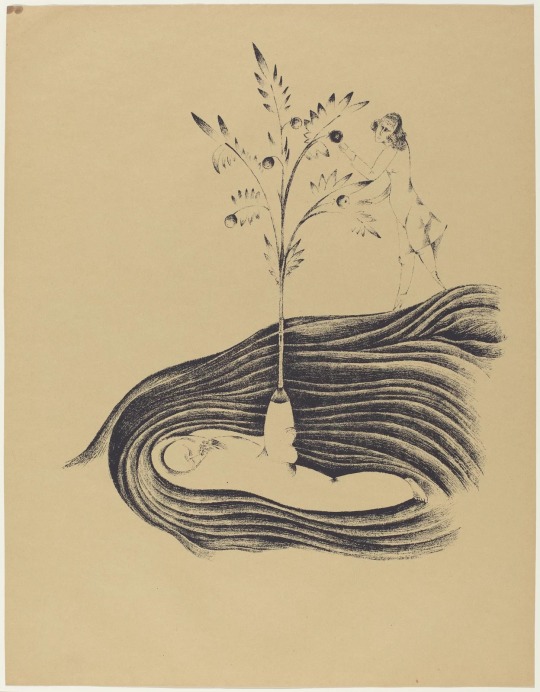
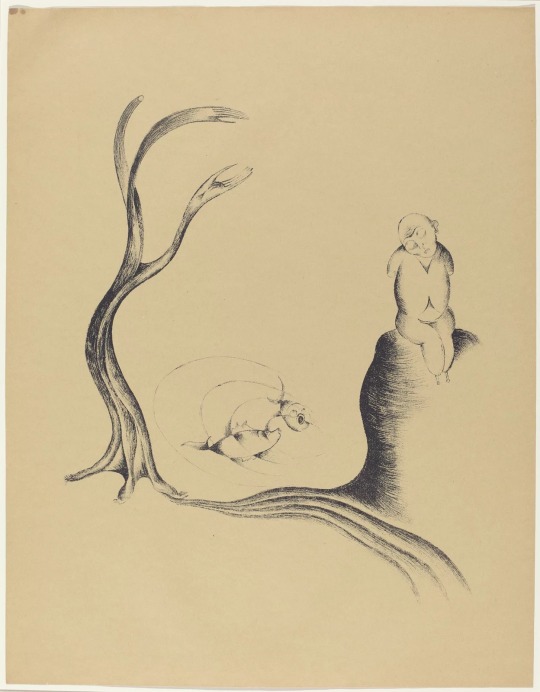
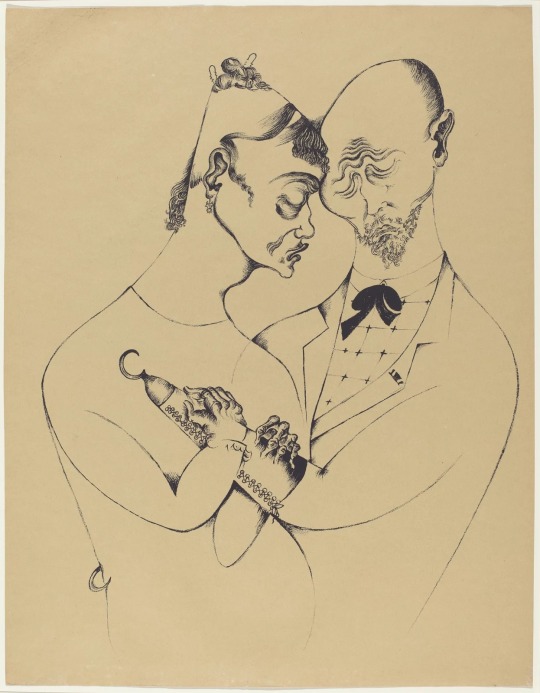

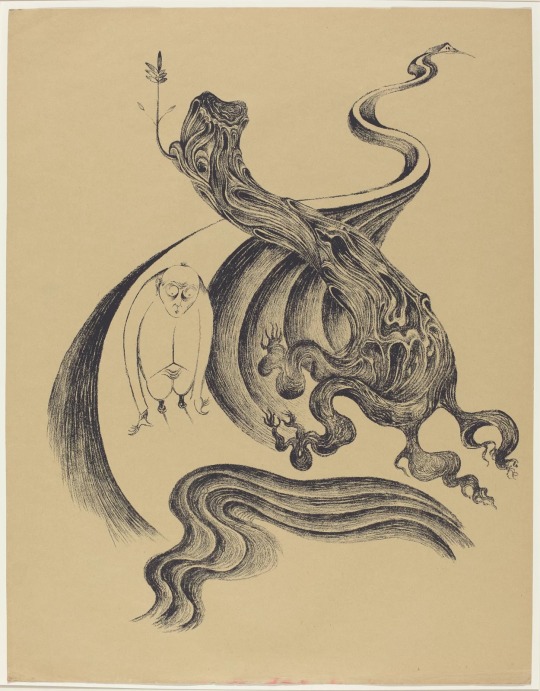
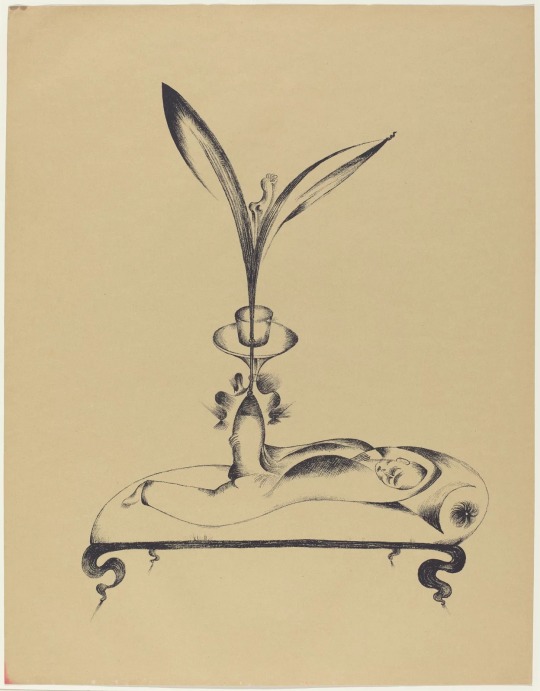
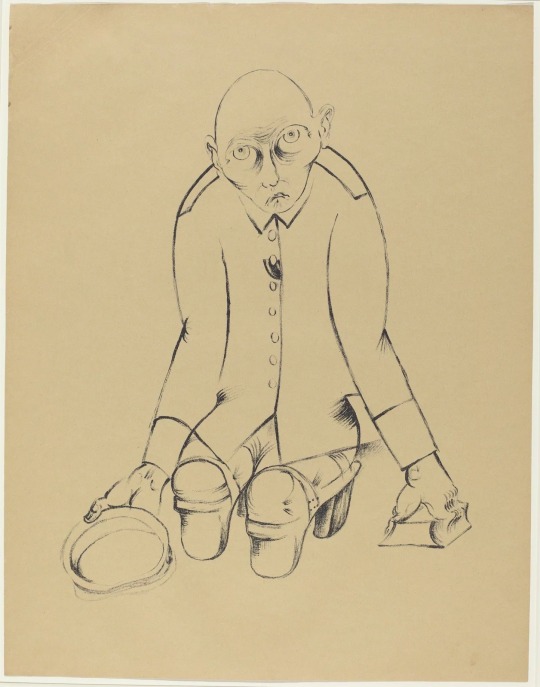
The Cripple Portfolio, 1920– Heinrich Hoerle
Help the Cripples // Hallucinations
The Father // Friendly Dreams
The Tree of Longing // The Married Couple
The Unemployed Man // End of the Road
The Man with the Wooden Leg Dreams // The Breadwinner
#I can’t fit the whole series in one part hold on#the rest will follow shortly#Heinrich hoerle#harvard art museums#neue sachlichkeit#new objectivity
39 notes
·
View notes
Text
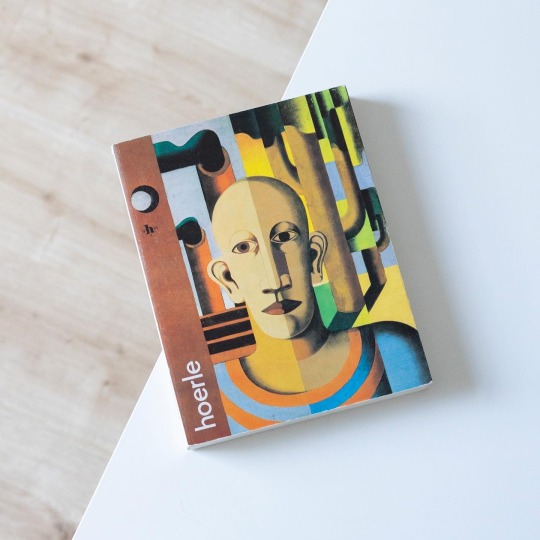

Together with Franz W. Seiwert and Gerd Arntz Heinrich Hoerle (1895-1936) formed the social activist core of the avant-garde group „Kölner Progressive“ that also included photographer Otto Sander and painter/sculptor Otto Freundlich. Hoerle, just like his friend Seiwert, regarded art as a means of agitating and informing the working class and raising attention for the social problems of Weimar Germany. Accordingly his works often depict workers and outcasts, crippled war veterans and robotic figures in a world dominated by labour and machines.
Although Hoerle initially started his career as an expressionist the majority of his oeuvre is characterized by a constructivist idiom that channeled influences by Giorgio de Chirico or Fernand Léger into a highly individual pictorial language in which form and content became one.
Already during his lifetime numerous museums acquired Hoerle’s works but his name never really gained the prominence it deserves. The underlying reasons are manifold: one surely is the radically of Hoerle’s topics and his decided discussion of the social question in interwar Germany. The other contributing factors likely are his untimely death at the age of only 40 as a result of a tuberculosis infection as well as the destruction of some of his works during the “degenerate art” initiative of the Nazis.
In 1981 the Kölnischer Kunstverein in 1981 organized a a comprehensive retrospective of Heinrich Hoerle’s multifaceted oeuvre which was accompanied by a concise catalogue compiled by Dirk Backes. The catalogue includes an informative biography of the artists that brings to life not only the turbulent times of the 1920s and the buzzing Cologne art scene but also his ironic and enthusiastic personality. The major part of the book is then dedicated to Hoerle’s artistic output that is neatly documented in Backes' detailed work catalogue. Until today the book remains the sole exhaustive examination of the work of a fascinating artist who still deserves much wider attention.
#heinrich hoerle#cologne progressives#avant-garde art#art book#exhibition catalogue#modern art#art history#book#vintage book#kölner progressive
30 notes
·
View notes
Text

Heinrich Hoerle
Fastnacht, 1929
Ludwig Museum, Cologne
3 notes
·
View notes
Photo

“Worker” (Self-portrait in Front of Trees and Chimneys) by Heinrich Hoerle
18 notes
·
View notes
Text

Left: Heinrich Hoerle, Self portrait Right: Oskar Schlemmer, Seated person to the left
0 notes
Photo

Heinrich Hoerle (German, 1895 –1936)
Blumenstillleben mit Vase Oil on canvas on painting card. 49.5 x 37.5 cm
© Lempertz
1 note
·
View note
Text

'Weißes Pferd'. Heinrich Hoerle. 1927-28.
44 notes
·
View notes
Photo

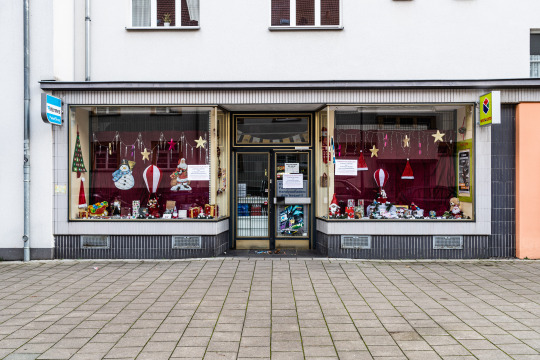
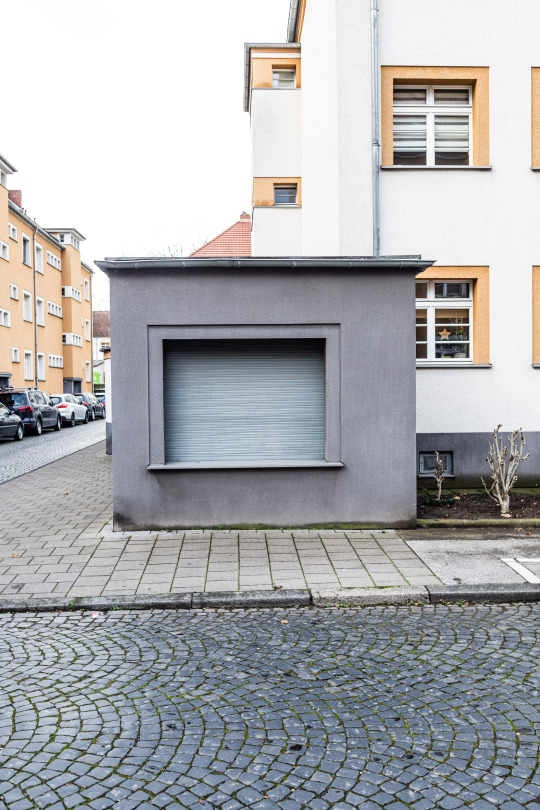

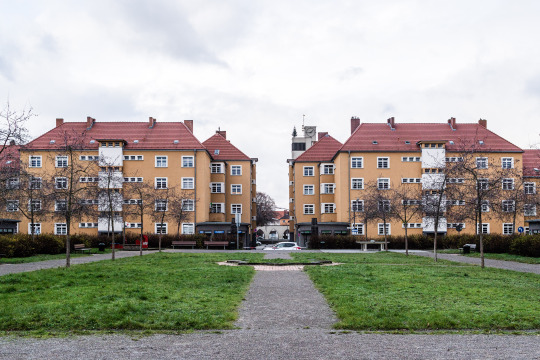


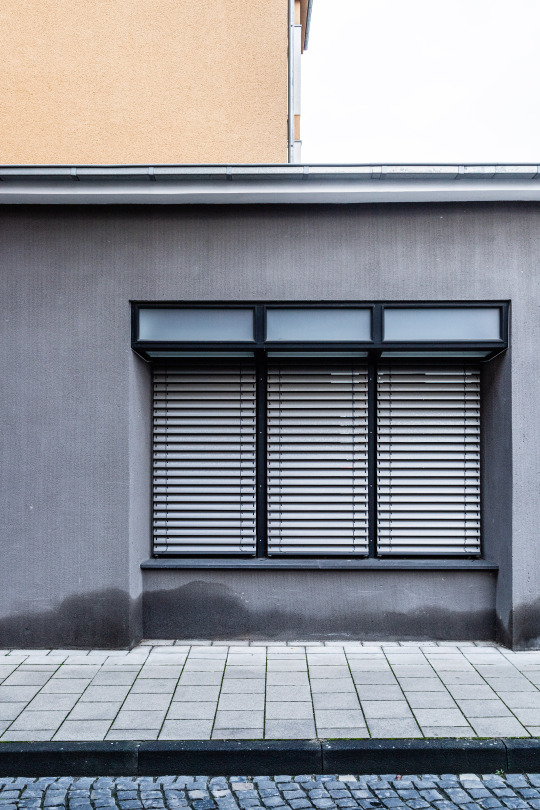

wohnsiedlung bickendorf II // köln bickendorf
rosenhofsiedlung
for a long time, I had planned to drive all the way to the end of subbelrather strasse to bickendorf to visit the housing estate in the style of the new objectivity. over the christmas holidays, I took advantage of the peace and quiet to tackle this project. nn retrospect, it was a very good idea because there were hardly any people or cars on the road to disturb me while I was taking pictures. the settlement is functionally structured with the two centres of the central square and the church connected by a road, thus creating mutual visual relationships. the houses themselves are kept simple, the variety comes from the colour concept of the contemporary cologne artists, franz w. seiwert and heinrich hoerle.
architects: wilhelm riphahn & caspar maria grod
fab concept of the façades: franz w. seiwert & heinrich hoerle
completion: 1931
#köln#cologne#köln bickendorf#neues bauen#new objectivity#neue sachlichkeit#weimar republic#architecture#photography#architecture photography#urban#urban photography#moderne#design#rosenhofsiedlung#nrw#germany#wilhelm riphahn#caspar maria grod#franz w seiwert#heinrich hoerle
114 notes
·
View notes
Text

Heinrich Hoerle - Melancholic Girl. 1930
14 notes
·
View notes
Photo

On this day, 11 December 1900, radical artist Gerd Arntz was born in Germany. He became a council communist and was a core member of the Cologne Progressives, along with Frans Seiwert, Heinrich Hoerle and others. A modernist, renowned for black-and-white woodcuts, Arntz is perhaps most famous for his developing thousands of isotypes: simple images for use in infographics to communicate ideas clearly to a mass audience. The Cologne Progressives were involved with revolutionary organisations such as the council communist Allgemeine Arbeiter Union, the anarchist Free Workers Union (FAUD), the Communist Workers Party (KAPD) and the Communist Party (KPD). Martyn Everett described that in their art they "were anxious to de-individualise art, and tended to concentrate in their work on groups and classes, and not on individual characters. Individuals are represented only to emphasise their powerlessness, or their subject position, concepts such as solidarity by grouping people together." And Arntz commented that with his art, rather than caricature capitalists as ugly individuals, like other left-wing illustrators at the time, he instead "sought to show the position of the capitalist in the system of production". This is a collection of Arntz's illustrations: https://libcom.org/gallery/gerd-arntz-illustrations https://www.facebook.com/workingclasshistory/photos/a.296224173896073/2157614311090374/?type=3
105 notes
·
View notes
Text
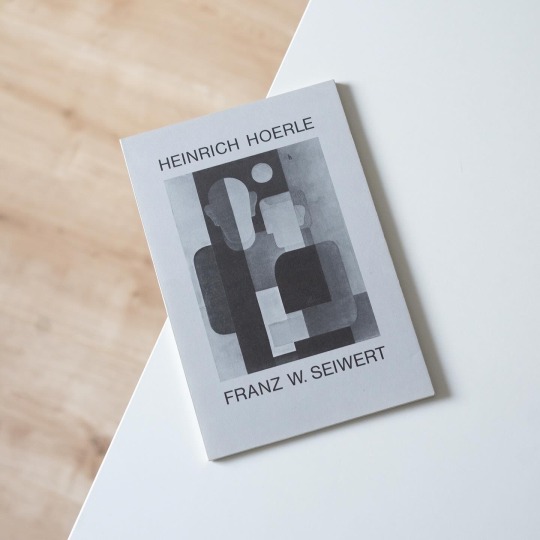
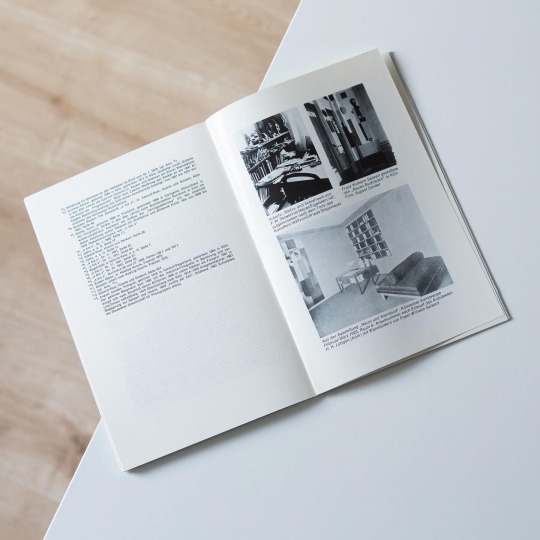
One of the most interesting artist groups of the Weimar Republic were the „Kölner Progressive“, the Cologne Progressives, circling around painters Heinrich Hoerle (1895-1936) and Franz Wilhelm Seiwert (1894-1933). The latter two not only were friends but also shared the conviction that art could be used to agitate and inform workers about social and societal shortcomings (both were staunch communists). I recently stumbled across a series of biographical writings issued by the city of Cologne dedicated to key personalities of the city’s history and, surprisingly, one volume from 1975 is a double biography of Hoerle and Seiwert. In it Walter Vitt on a mere 44 pages draws a lively picture of the social and artistic environment in which Hoerle, Seiwert and the Cologne Progressives flourished, highlights key works of both artists and in an impressive catalogue of notes manages to provide even more information and cross-references. So, despite its age and research on the group and the artists involved having advanced substantially the present little booklet nonetheless is an unexpectedly complete read warmly recommended to anyone new to either the artists or the artists’ group.
#heinrich hörle#franz wilhelm seiwert#cologne progressives#art book#art history#german art#book#vintage book#modern art
20 notes
·
View notes
Text

Heinrich Hoerle The Poet, c1918/19, oil painting. LVR-Landesmuseum, Bonn.
3 notes
·
View notes
Text

Elfriede Stegemeyer (German, 1908-1988) Glühbirne, Spiralfeder, Quadrate und Kreise (Light Bulb, Spring, Squares, and Circles) 1934 Gelatin silver photogram Image: 23.5 x 17.1cm (9 1/4 x 6 3/4 in.) The Sir Elton John Photography Collection
Elfriede Stegemeyer, born in 1908, was a German painter, photographer and cinematic artist. She studied art in Berlin and later in Cologne, where she eventually joined the Cologne-based artistic circle Kölner Progressive in 1932. Among her companions were Heinrich Hoerle, Franz Wilhelm Seiwert and Raoul Hausmann.
Elfriede Stegemeyer - Galerie Julian Sander
2 notes
·
View notes

